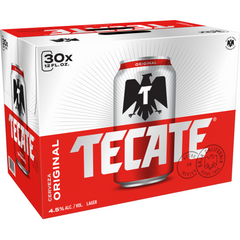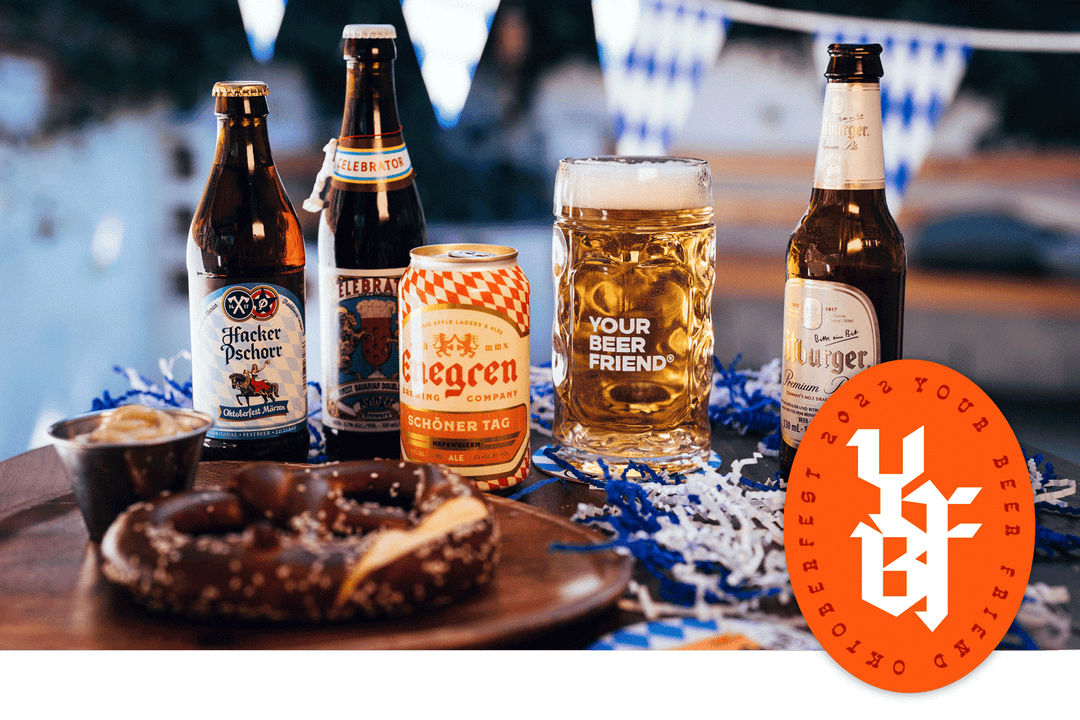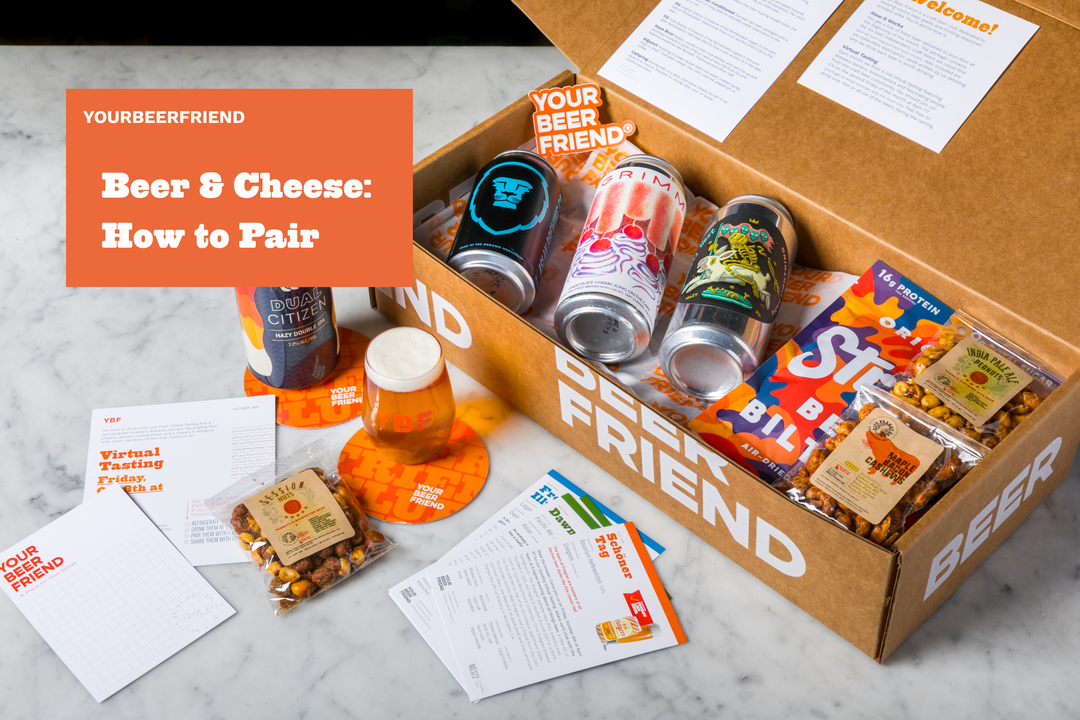What is a Cicerone?

What is a Certified Cicerone® (sis-uh-rohn)?
Certified Cicerone® - In short, a Certified Cicerone is someone who is very, very good at beer. To make an analogy, a Cicerone is like a sommelier but for beer instead of wine. Or like that guy who used to work at Blockbuster who knew everything about every film in the store and would be able to make the perfect recommendation for your Tuesday night pizza and movie night. Or that soccer mom who knows every rule in the book and is going to fill you in on why the referees are absolutely wrong on that call (but also not be annoying about it). A Cicerone is a guide for the uninitiated.
Let’s start with the pronunciation. The word “Cicerone” is Italian, but it gets its derivation from the Roman philosopher Marcus Tullius Cicero (106-43 BC) who was a master orator and was once declared "not the name of a man, but of eloquence itself." The word “Cicerone” in Italian means a guide, or specifically, a guide to tourists or sightseers. Italians pronounce it cheech-er-own-eee, but, in English, we pronounce it sis-uh-rohn. Sis like sister, uh like bug, and rohn like throne, with the emphasis put on the sis part.
To become a Certified Cicerone® one must pass a series of beer-related tests, each more difficult than the last, ultimately culminating in a blind tasting portion, which is where most people attempting to become a Cicerone get thwarted.
The first test is the Certified Beer Server exam, which consists of 60 exam questions relating to beer. The test is conducted online through the cicerone.org website and if you pass it, you become a Certified Beer Server and are eligible to advance to the Cicerone exam.
The next test is the big show. It’s a 5 hour exam consisting of three parts and if you pass it, then you’re a Certified Cicerone®. The exam covers the entire world of beer including production, history, styles, storage, service and food pairing. The first part is a three hour written test that has around 150 short answer questions such as:
Q: Often pale and hoppier variation of a 16° Plato lager associated with spring.
A: Maibock.

Q: A lightstruck beer exhibits an aroma best described with what common word?
A: Skunky.
It also has long form essay questions such as:
"Give a dessert that might make a fine pairing with a malty English Barleywine that has been aged in a new oak barrel, and explain briefly why it would work.”
You could talk about matching the intensity level of an English Barleywine, which typically has +10% ABV with an equally rich dessert. You would also do well to discuss flavor harmonies between the beer and the dessert, so maybe tying the caramel notes that you’ve found when drinking Old Foghorn from Anchor Brewing (always cite a textbook example of the beer style in question) together with a creme brulee, or perhaps combining the deeper malt tones of the Firestone Walker Sucaba with the pleasing coffee bitterness of a tiramisu, or finding some delicious connective tissue between the complex spices of a well-made pumpkin pie with the natural baking spice notes and vanilla depth that barrel-aging would provide on that beer.
“Using the most common measure of carbonation, list typical values found in various styles of beer. To the best that you are able, state the beer style, a commercial brand in that style, and the carbonation level of that style or brand.”
For instance, you would start with a terrific benchmark, Sierra Nevada Pale Ale (for the record, it’s a terrific benchmark for many, many beer-related topics) and discuss how it sits perfectly in the middle of the pack for carbonation at 2.5 volumes of CO2. Light Lagers such as Miller Lite go up to around 2.7 volumes, Guinness and Dry Irish Stouts sit down below around 1.2 volumes making them as velvety as possible, and a good Saison, perhaps Saison Dupont may go up to 4.0 volumes to really nail that champagne-like bubbliness.
Following the written portion, there’s a practical examination, where the exam proctor asks you to perform some beer-related task such as demonstrating proper technique in cleaning a beer tap faucet or how to troubleshoot a keg that isn’t pouring properly.
They save the hardest part for the end, the tasting portion. The tasting portion is broken into three sections: off-flavor detection, style identification, and quality assessment. And, in all honesty, it should be called more of a smelling portion because you can detect most beer aspects with your nose more easily than with your mouth. If you leave the test drunk, you’re probably not smelling enough, or having too good of a time.
For the Off-Flavor Detection portion, the proctor puts five small glasses in front of you, all filled with the same beer (usually something light and simple such as Amstel Light). One of the cups is the control sample and the other four cups are potentially spiked with commonly found “off-flavors'' in beer such as Acetaldehyde (tastes like green apple), Trans-2-Nonenol (tastes like wet paper), or Dimethyl Sulfide DMS (tastes like creamed corn). Your job is to identify which samples are spiked and with what. It sounds easy, a beer that tastes like green apple sounds like it would stick out like a sore thumb, but it’s surprisingly difficult because they only spike the tasters with a tiny amount. If you ever want to try for yourself, grab a can of Tecate or Coors Light and think of waxy green apple while smelling and tasting those beers. It’s there, but it’s very faint.

In the Style Identification portion, you’re again confronted by a flight of samples of beer, however, this time you’re asked to identify what style of beer it is. Is it a German Pils or a Munich Helles? Is it a Doppelbock or a Wee Heavy? A nightmare for many people as these styles can be very, very similar. One that hung me up during the exam was: is this a Belgian Dubbel or a Northern English Brown. On paper it seems super obvious, but in practice, I could hardly find a difference.
Lastly, for the Quality Assessment portion, another series of blind beer samples is placed in front of you. Yes, it’s a lot of beer during the tasting portion, but again, if you leave drunk you’re doing it wrong.
This time, your job is to determine whether the samples in front of you are “fit for service”, meaning, do they taste good or were they spoiled at some point in the life of the beer (production, transport, storage or service)? For example, the proctor may serve you a sample of Lindemann’s Cuvée René Gueuze (but you don’t know this because it’s blind to you) and they may spike it with Diacetyl (tastes like butter) to simulate what a dirty draft line might taste like (gross!). Or they may serve you a sample of Avery’s Maharaja Imperial IPA (again, this is blind, so you don’t know) that has been spiked with Isovaleric Acid (tastes like parmesan cheese or sweaty socks) to make it seem like the brewer used old or tainted hops. (Editor’s note: this portion is what I consider the most important part of the exam, it’s essentially the “is this beer bad? test).
After all that, if you pass you’re a Certified Cicerone® for life! You can then go on to take the Advanced Cicerone exam and, if you’re so bold, the Master Exam, which is a 2-day affair and only 21 people in the world have passed it.

The Cicerone certification is a relatively new one, it has only been around since 2007. I passed my exam in 2010 after studying for about 3 months and yes, it was a lot of drinking, but it was also a lot of reading, a lot of talking to brewers and smart beer people, and pouring a lot of beer down the drain (I couldn't drink a whole bottle of German Eisbock beer). Cindy Mooney (Co-Founder of Your Beer Friend and my wife) passed her exam in 2011. And if you’re wondering, she got a higher score than I did.
It’s a terrifically fun exam (if such a thing exists) and I highly recommend taking it. The most valuable thing the test provides isn’t the knowledge that you gain before taking the test, it’s the understanding of what world awaits you on the other side of it. There is an incredibly deep world of beer that is ready for you to participate in and the Cicerone exam shines a light on every corner. It welcomes you to enjoy richly pleasurable food and beer pairings, it assists you in understanding the mechanics of pouring a beer properly, it grants you access to the trove of beer history this world has to offer, and many other beer related things beyond. Above all else, you get to share that knowledge with the rest of the world as a trusted source for all things beer. A beer guide. A Cicerone.




